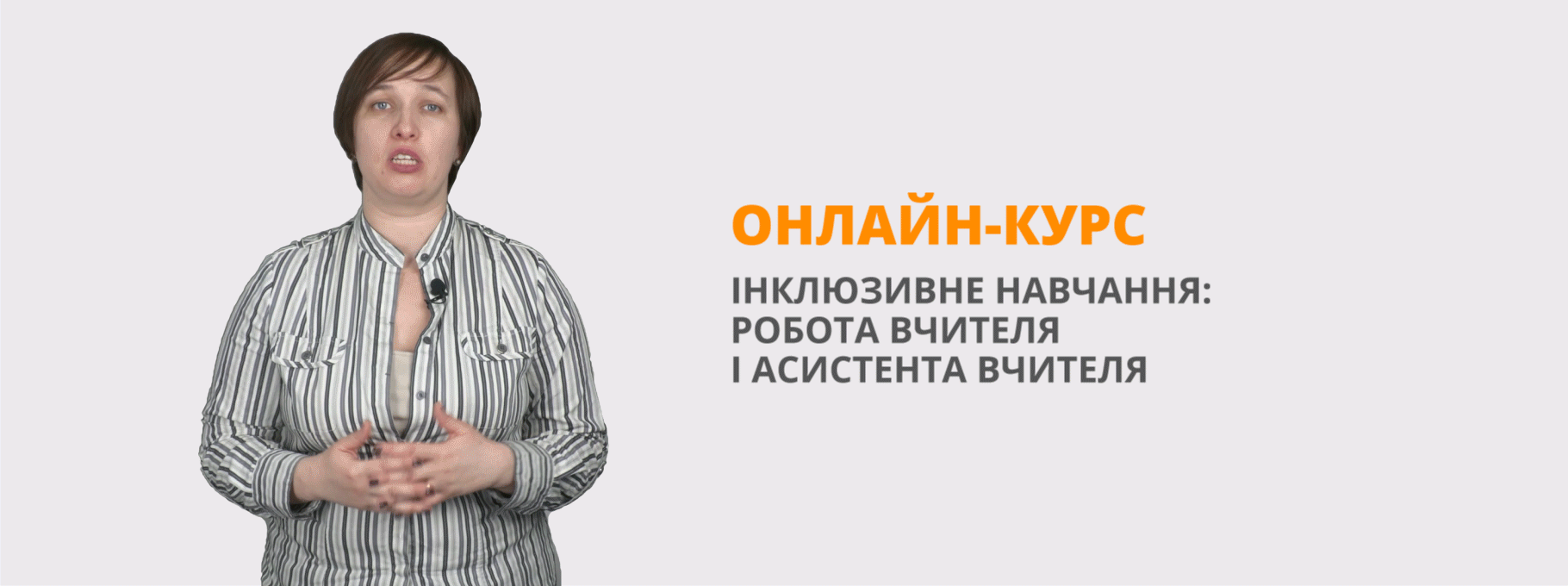Економіка та бізнес (методична розробка з дисципліни «Іноземна мова ( за професійним спрямуванням)» в закладах фахової передвищої освіти)
Лисичанський промислово-технологічний фаховий коледж

Економіка та бізнес
(методична розробка
з дисципліни «Іноземна мова ( за професійним спрямуванням)»
в закладах фахової передвищої освіти)
Розробник: Скиба Н.М., старший викладач, викладач вищої категорії Лисичанського промислово-технологічного фахового коледжу
2024
ВСТУП
Методична розробка заняття виконана у відповідності з методичними рекомендаціями з підготовки та проведення практичних занять у закладах фахової передвищої освіти. Заняття підготовлено відповідно до робочої і навчальної програми з дисципліни «Іноземна мова ( за професійним спрямуванням)». У методичній розробці заняття подано розгорнутий план-конспект заняття у формі мовного практикуму з використанням методу критичного мислення, методики роботи з лексичним матеріалом, методу лінгвістичного квесту, рольовою грою, тестування, перелік літератури та необхідного обладнання, мету і задачі, надано чітку структуру заняття, вдало подано мотивацію пізнавальної діяльності студентів.
Розробка містить багато різноманітних форм та методів роботи (бесіду, читання, мозковий штурм, аудіювання з використанням тематичного відеоролику, тестування, групову та парну роботу,), що відповідають психофізіологічним та індивідуальним особливостям студентів і сприяють успішному досягненню мети заняття.
Методична розробка відкритого заняття відповідає теоретичному й методико-практичному розділам навчальної програми, має інноваційний характер, відповідає новітнім технологіям навчання, спрямована на формування комунікативної компетенції майбутніх фахівців, розвиток пам'яті, уваги, фонематичного слуху студентів, сприяють зацікавленості та формуванню комунікативної компетенції майбутніх фахівців.
Методична розробка може бути рекомендована для викладачів іноземної мови в закладах фахової передвищої освіти в якості як основного, так і довідково-дидактичного матеріалу.
МЕТОДИЧНА РОЗРОБКА ЗАНЯТТЯ
Заняття №
Предмет: Іноземна мова
Група:
Тема заняття: Економіка та бізнес
Мета: формувати лексичні навички й навички вимови; вдосконалювати навички читання й усного мовлення; розвивати мовну здогадку й мовленнєву реакцію; виховувати зацікавленість у розширенні своїх знань, використовувати раніше вивчені структури, а також збагачувати словарний запас, практикуватися у перекладі речень, розвивати навички логічного викладання думок, пам'ять, виховувати свідоме ставлення до навчання, вчити раціонально використовувати свій час, прищеплювати бажання вивчати іноземну мову.
Обладнання: словники, комп’ютер, роздавальний матеріал
Тип заняття: практичне
Міжпредметні зв'язки: Організація виробництва, Менеджмент, Маркетинг, Фінанси, Статистика
СТРУКТУРА ЗАНЯТТЯ:
1.Організаційний момент:
1)Привітання
2) Перекличка
3)Перевірка готовності до заняття
2. Мотивація навчальної та пізнавальної діяльності студентів, оголошення теми та цілей заняття.
3.Реалізація теми за планом
4. Підсумок заняття. Оцінювання
5. Домашнє завдання
ХІД ЗАНЯТТЯ:
1 READ AND TRANSLATE THE TEXT
The Impact of Technology on the Economy
Technology has had a profound impact on the economy in recent decades. New technologies have led to increased productivity, new products and services, and changes in the way we work and live. These changes have had both positive and negative consequences for the economy.
Positive Impacts of Technology on the Economy
- Increased productivity: Technology has led to significant increases in productivity, as machines and computers can perform tasks that were previously done by humans. This has led to lower production costs and higher output.
- New products and services: Technology has enabled the development of new products and services that were not possible before. This has led to increased consumer choice and improved living standards.
- Changes in the way we work: Technology has changed the way we work, with many jobs now being done remotely or online. This has led to increased flexibility for workers and has also made it possible for businesses to operate more efficiently.
Negative Impacts of Technology on the Economy
- Job displacement: Technology has also led to job displacement, as some jobs have been automated or outsourced. This has led to increased unemployment and income inequality.
- The digital divide: Not everyone has equal access to technology, which can create a digital divide and exacerbate existing inequalities.
- Environmental impact: The production and use of technology can have a negative impact on the environment.
Overall, the impact of technology on the economy has been mixed. While technology has led to many positive changes, it has also had some negative consequences. It is important to be aware of both the positive and negative impacts of technology so that we can use it to create a more prosperous and equitable society.
Here are some additional points that you may want to consider:
- The impact of technology on the economy is likely to continue to grow in the future.
- It is important to invest in education and training to help workers adapt to the changing demands of the labor market.
- Governments can play a role in mitigating the negative impacts of technology, such as by providing support to workers who have been displaced from their jobs.

2 MATCH THE FOLLOWING ECONOMIC TERMS WITH THEIR DEFINITIONS:
- Supply
- Demand
- Scarcity
- Economics
- Production
- Consumption
- Market
- Price
- Inflation
- Unemployment
(a) The study of how goods and services are produced, distributed, and consumed. (b) The quantity of a good or service that is available for sale at a given price. (c) The quantity of a good or service that consumers are willing and able to buy at a given price. (d) The state of having too few of something. (e) The process of creating goods and services. (f) The act of using goods and services. (g) A group of buyers and sellers who are in contact with each other and who trade in a particular good or service. (h) The amount of money that must be paid to buy a good or service. (i) A general increase in prices and a fall in the purchasing value of money. (j) The state of being without a paid job.
3 FILL IN THE BLANKS
Complete the following sentences with the appropriate economic terms from the list above:
- The ________ of a good or service is determined by the forces of supply and demand.
- ________ is a problem that arises because resources are limited.
- ________ is the act of exchanging goods and services.
- The ________ rate is the percentage of the labor force that is unemployed.
- ________ is a measure of the overall level of prices in an economy.
- ________ is the process of creating new products and services.
- ________ is the quantity of a good or service that consumers are willing and able to buy at a given price.
- The ________ of a good or service is the quantity that is available for sale at a given price.
- ________ is the study of how goods and services are produced, distributed, and consumed.
- ________ is the act of using goods and services.
4 CROSSWORD PUZZLE
Complete the following crossword puzzle with economic terms:
https://wordmint.com/users/sign_up?copy=true&public_answer_key=91754

5 WORD SEARCH
Find the following economic terms hidden in the grid below:

6 SENTENCE WRITING
Use the following economic terms in a sentence:
- Supply
- Demand
- Scarcity
- Economics
- Production
- Consumption
- Market
- Price
- Inflation
- Unemployment
7 DISCUSSION QUESTIONS
- What are the different types of economic systems?
- What are the causes of unemployment?
- What are the effects of inflation?
- What is the role of government in the economy?
- What are the challenges facing the global economy today?
I hope these exercises help you improve your English vocabulary and understanding of economic terms. Please let me know if you have any other questions.

8 TEST YOUR KNOWLEDGE
1. What is the study of how goods and services are produced, distributed, and consumed called?
(a) Politics
(b) Sociology
(c) Economics
(d) Psychology
2. Which of the following is NOT a factor of production?
(a) Land
(b) Labor
(c) Capital
(d) Government
3. What is the difference between a need and a want?
(a) A need is something that is essential for survival, while a want is something that is desired but not essential.
(b) A need is something that is produced by the government, while a want is something that is produced by the private sector.
(c) A need is something that is measured by quantity, while a want is something that is measured by quality.
(d) All of the above.
4. What is the law of supply and demand?
(a) The law of supply and demand states that the price of a good or service is determined by the quantity of the good or service that is supplied and the quantity that is demanded.
(b) The law of supply and demand states that the government should control the price of goods and services in order to protect consumers.
(c) The law of supply and demand states that businesses should always produce as much as possible, regardless of the price.
(d) The law of supply and demand states that consumers should always buy as much as possible, regardless of the price.
5. What are the four types of economic systems?
(a) Traditional, command, market, and mixed
(b) Capitalism, socialism, communism, and fascism
(c) Developed, developing, and underdeveloped
(d) First World, Second World, and Third World
6. What are the characteristics of a capitalist economy?
(a) The means of production are privately owned and controlled.
(b) The government controls the allocation of resources.
(c) The price of goods and services is determined by the government.
(d) The economy is characterized by a lack of competition.
7. What are the characteristics of a socialist economy?
(a) The means of production are owned and controlled by the government.
(b) The government controls the allocation of resources.
(c) The price of goods and services is determined by the government.
(d) The economy is characterized by a high degree of competition.
8. What are the characteristics of a communist economy?
(a) The means of production are owned and controlled by the government.
(b) The government does not control the allocation of resources.
(c) The price of goods and services is determined by the government.
(d) The economy is characterized by a high degree of competition.
9. What is the difference between inflation and deflation?
(a) Inflation is an increase in the general price level, while deflation is a decrease in the general price level. (b) Inflation is caused by an increase in the money supply, while deflation is caused by a decrease in the money supply. (c) Inflation is good for the economy, while deflation is bad for the economy. (d) All of the above.
10. What is the unemployment rate?
(a) The unemployment rate is the percentage of the labor force that is unemployed. (b) The unemployment rate is the percentage of the population that is unemployed. (c) The unemployment rate is the percentage of the GDP that is spent on unemployment benefits.
(d) The unemployment rate is the percentage of the government budget that is spent on job training programs.
4. Підсумок заняття. Оцінювання
5. Домашнє завдання
ЛІТЕРАТУРА
+
- Christine Jonson. Intelligent Business. Pre-Intermediate. – Longman, 2018
- Tonya Trappe, Graham Tullis. Intelligent Business. Intermediate. – Longman, 2016
- Evan Frendo, Sean Mahoney. English for Accounting. – Oxford, 2007
- Graham Tullis, Tonya Trappe. New insights into business. – Longman, 2019
- John Allison with Paul Emmerson. The Business. – Macmillan, 2017
- Jon Naunton. Head for Business. Intermediate. – Oxford, 2015
- Nick Brieger and Simon Sweeney. Early Language of Business English. Grammar and Functions. – Prentice Hall, 2020
- Simon Sweeney. Test Your Professional English. Finance. – England, Harlow, Edinburgh Gate, Pearson Education Limited, 2009
- Sue Robbins. First insights into business. – Longman, 2016
1


про публікацію авторської розробки
Додати розробку
